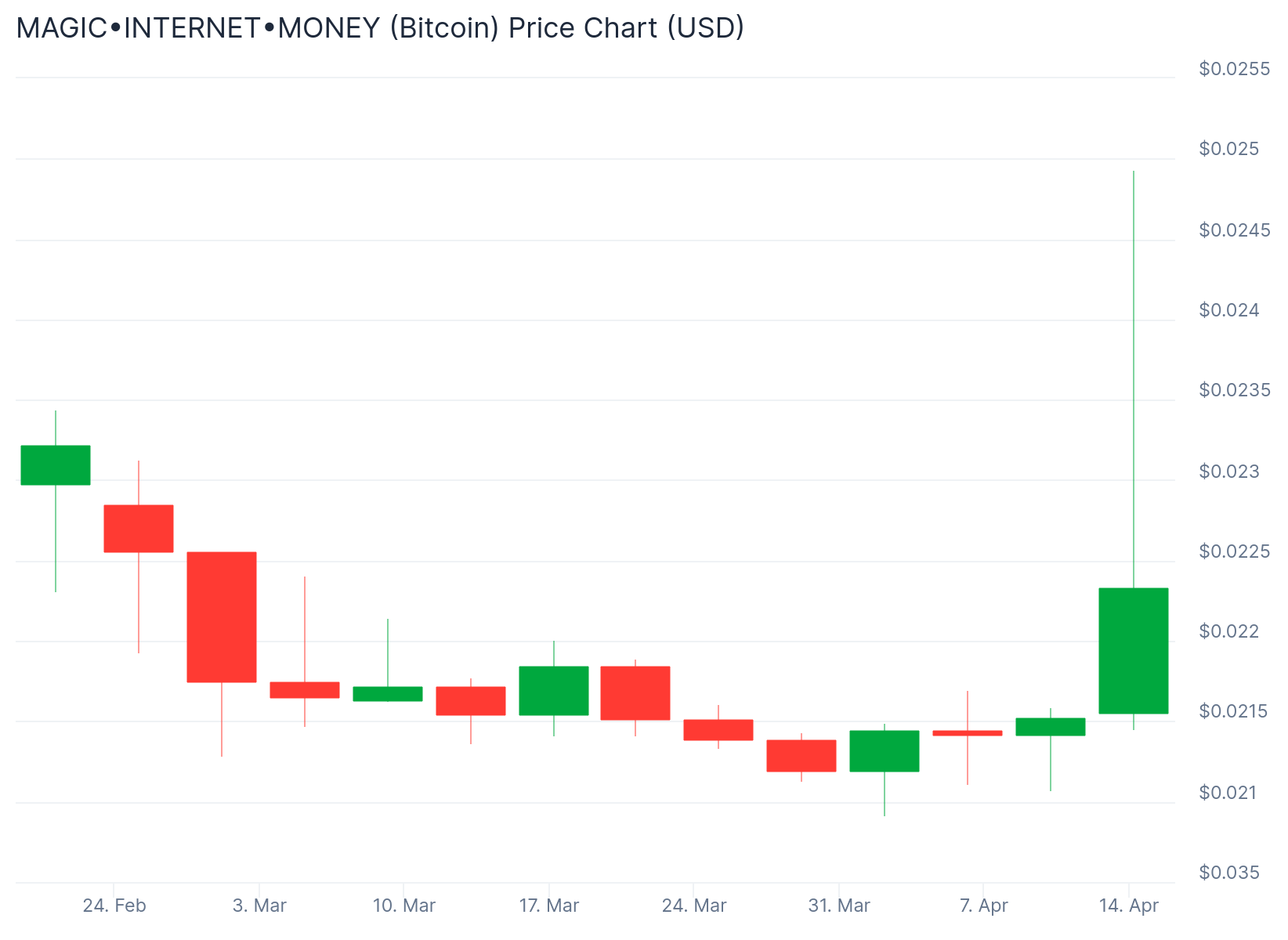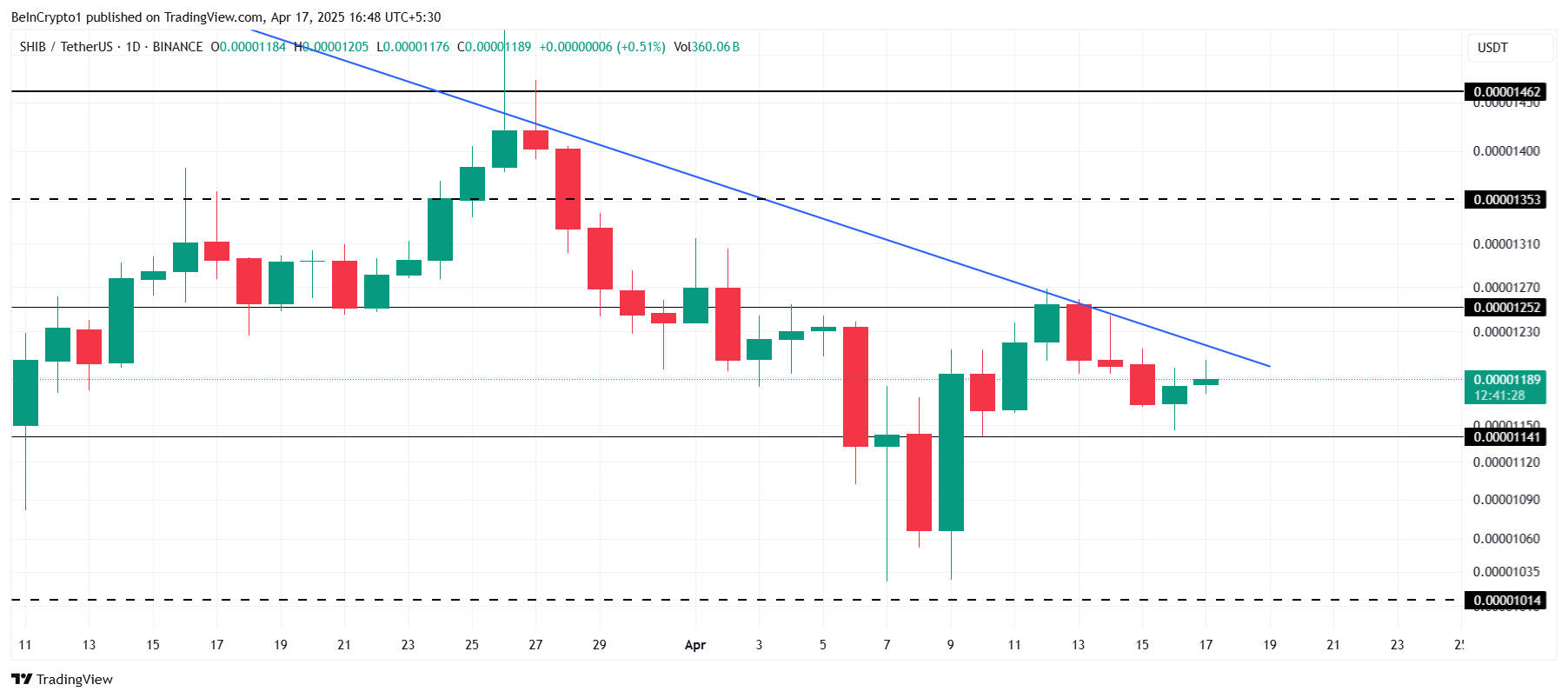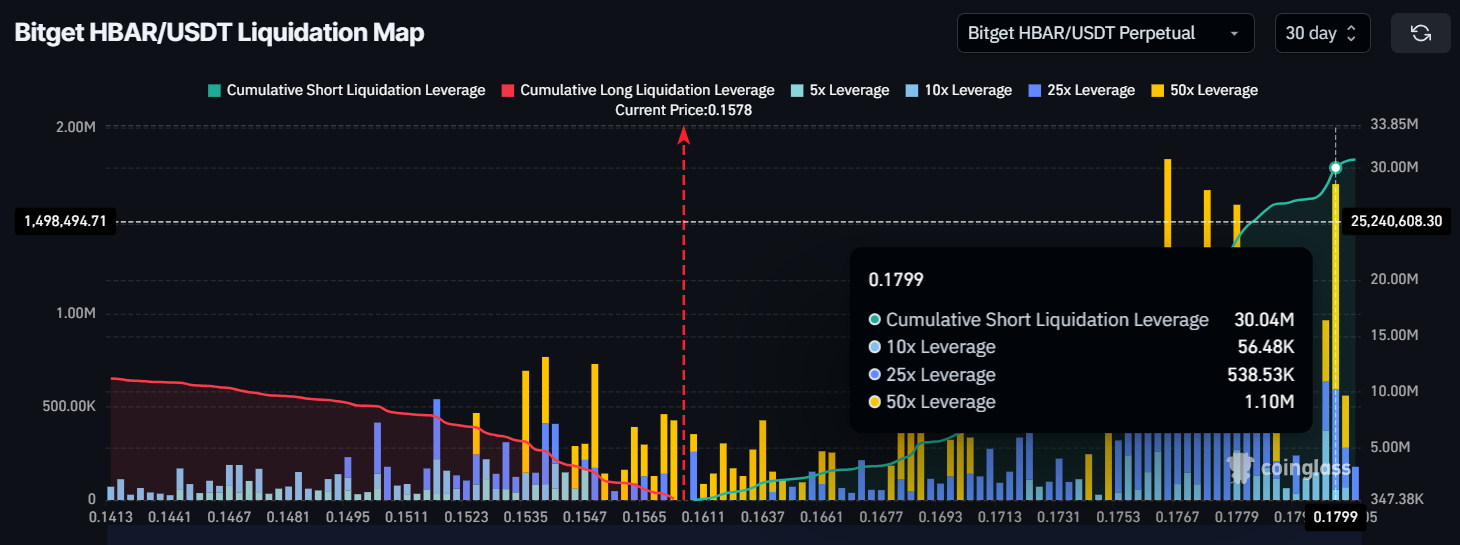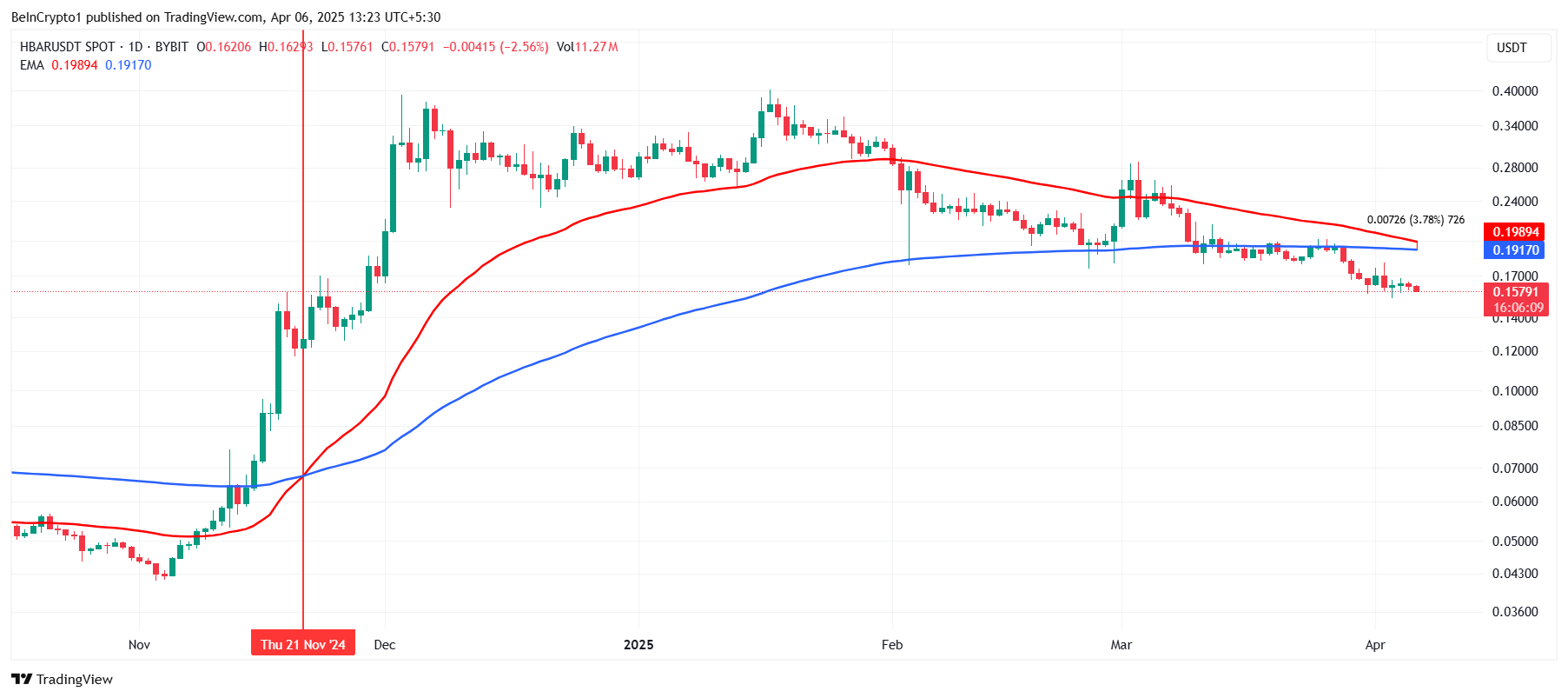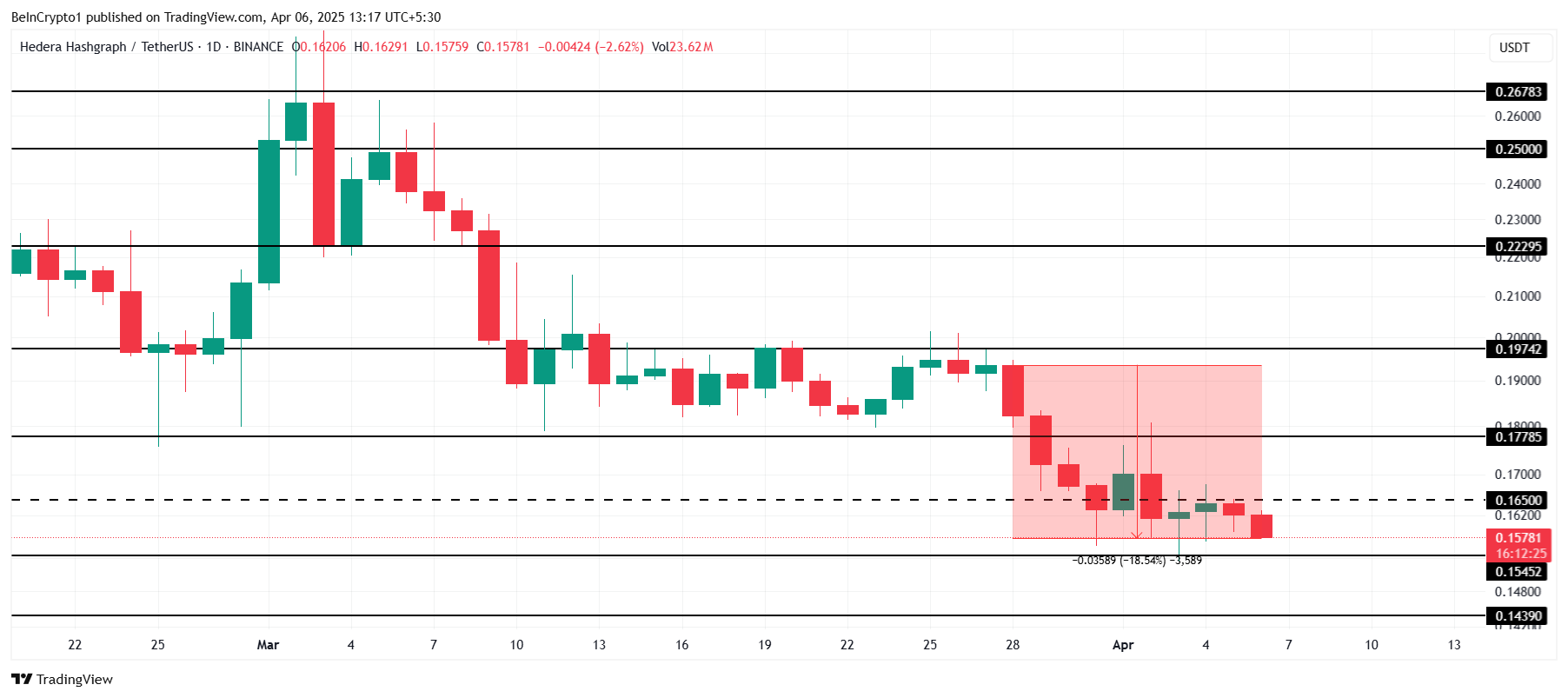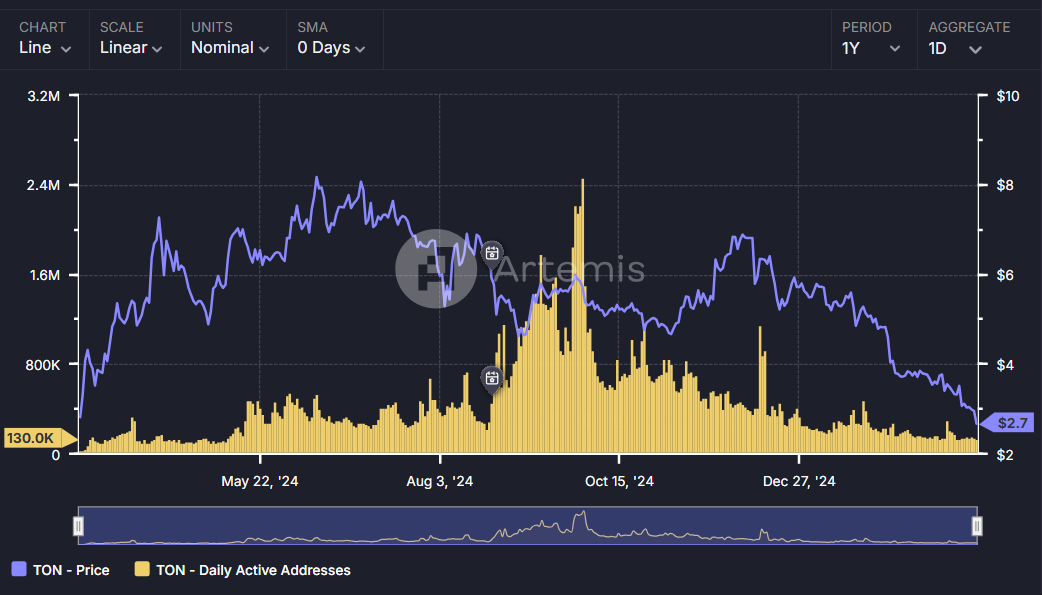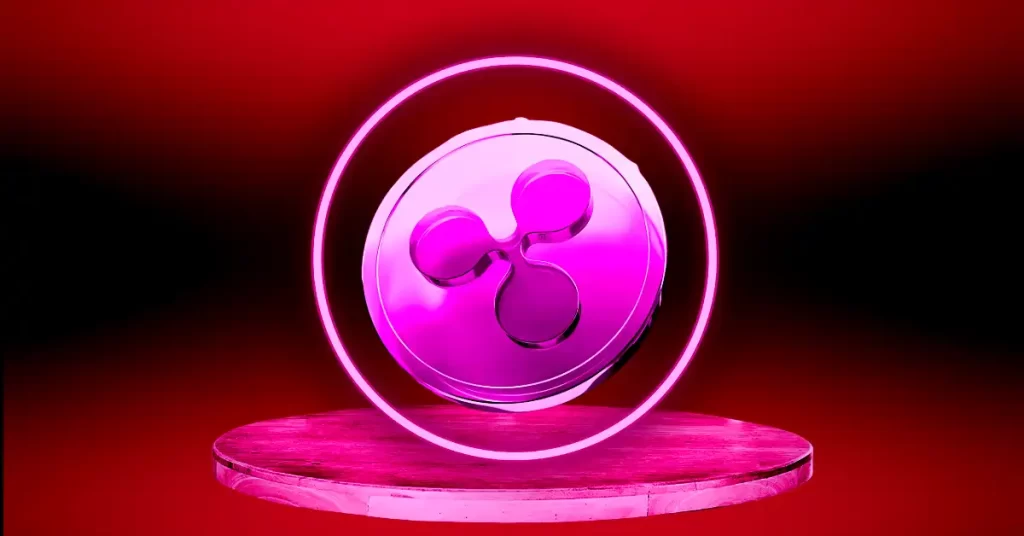
The post ‘Ripple is Never Going to Win’: Popular Author Questions XRP’s Real Use Case appeared first on Coinpedia Fintech News
Despite ongoing legal battles, Ripple’s XRP token continues to garner increasing attention, with many in the crypto space showing optimism about its future. A recent survey by Patrick Bet-David showed this shift, showing that 43.8% of respondents believe Ripple has the best long-term tech, while Bitcoin only received 35% of the vote. According to social media, Bitcoin investors are feeling frustrated and confused by the growing excitement surrounding the XRP community.
Eric Yakes, author and Managing Partner at EpochVC, expressed his thoughts on the situation, explaining that Ripple’s long-standing presence in the market has sparked interest. “Ripple has been around since 2012, and the question remains: How has it been used? What’s been done with it?” Yakes said. While Ripple’s network initially aimed to facilitate remittance payments and serve as a banking settlement system, its focus has shifted toward creating a Central Bank Digital Currency (CBDC), a direction Yakes opposes.
“Its best case scenario is that it’s a CBDC and its XRP token is not going to be used for that. There isn’t value that’s going to accrue to that token, so if you’re thinking that, it’s never going to win,” he said.
Despite concerns over its past marketing tactics, Ripple’s ability to generate significant value through a large pre-mine and effective marketing campaigns has caught the attention of investors.
Ripple’s involvement in facilitating payments through RippleNet currently sees $7 billion in payments processed annually, even amid an ongoing lawsuit with the SEC. This success has created a narrative that’s helping XRP gain traction, leaving Bitcoin investors questioning why Ripple’s project is thriving in the face of adversity.



